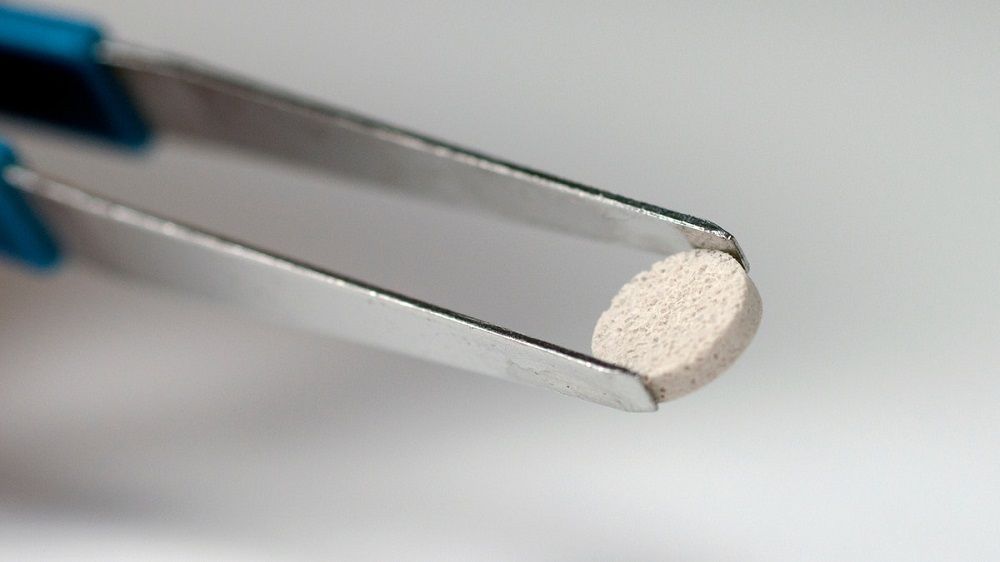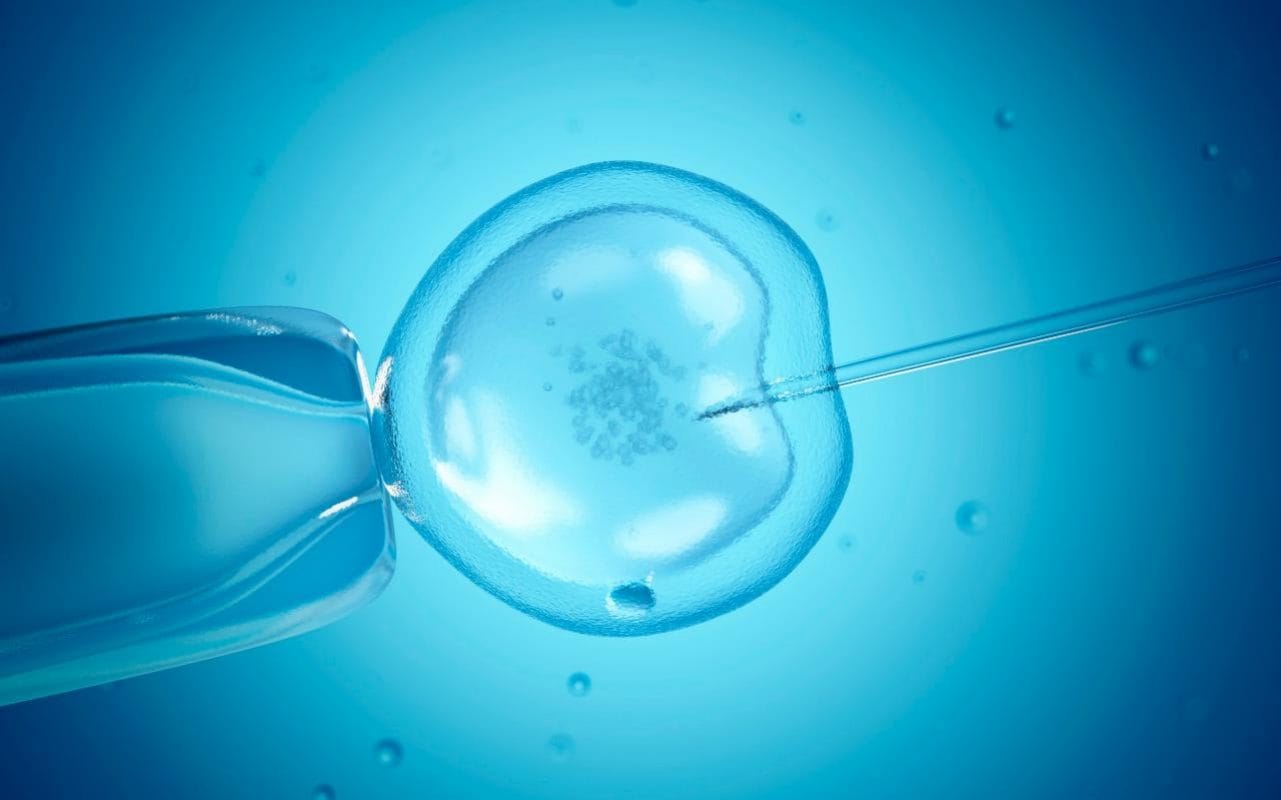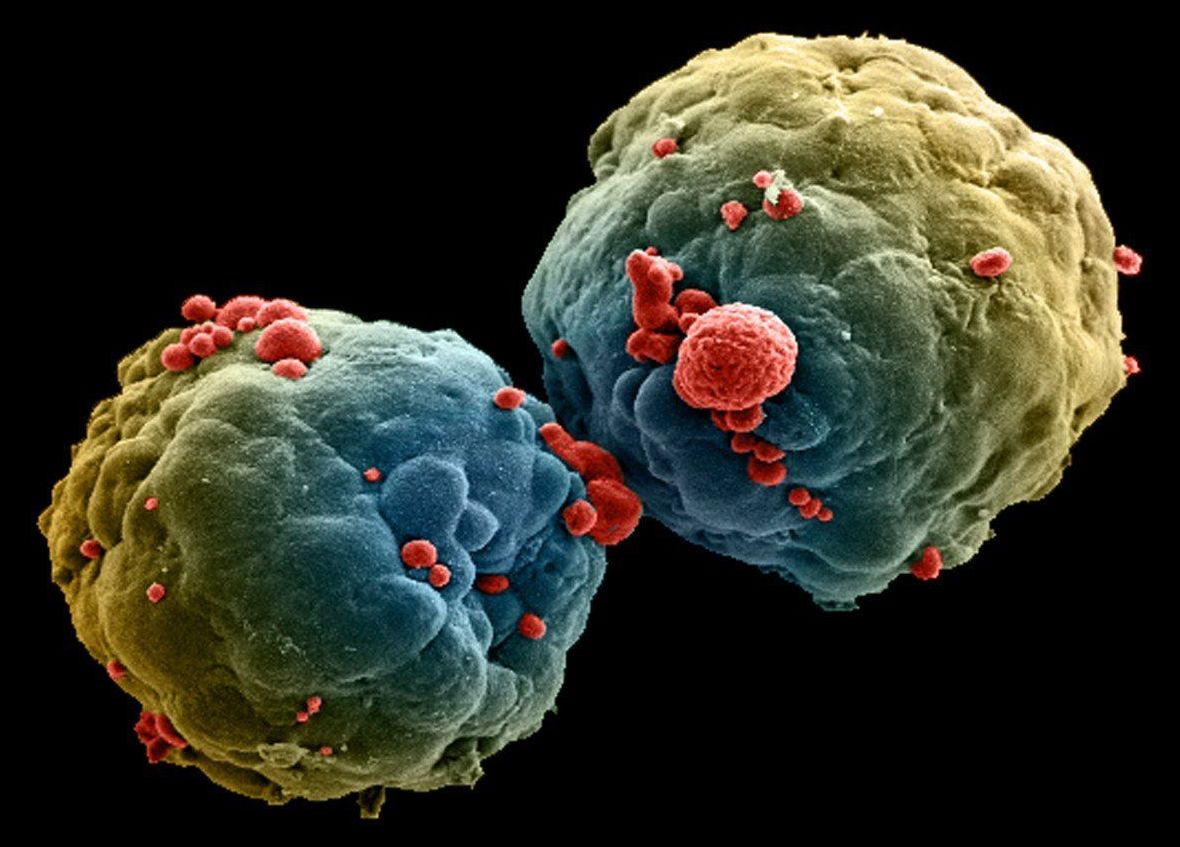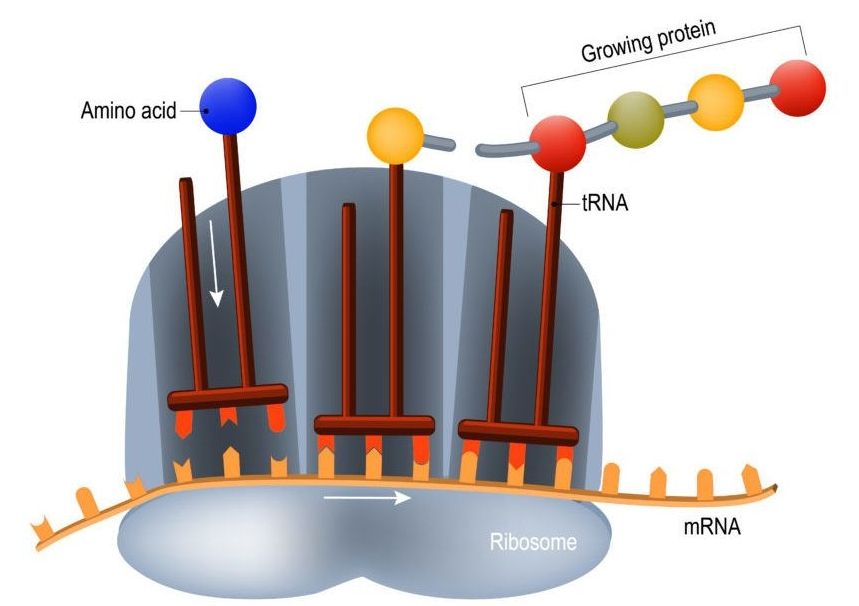Archive for the ‘biotech/medical’ category: Page 2296
Apr 8, 2018
Macular degeneration tied to aging immune cells
Posted by Genevieve Klien in categories: biotech/medical, life extension
An early symptom is blurry vision in which straight lines appear distorted. That can progress to darkness, whiteouts, or blurry areas in the center of the visual field. The disease does not, by itself, lead to total blindness because peripheral vision remains unaffected. Although some therapies delay loss of central vision, no current treatments restore it completely.
“Macular degeneration therapies seem to be treating disease symptoms, rather than its cause,” Lin says. “We focused on the role of macrophages in regulating inflammation and the growth of abnormal blood vessels to see whether it may be possible one day to help people who don’t get much benefit from existing treatments and design therapies that may prevent progression to advanced forms of the disease.”
Virus delivers genes to fight vision loss.
Apr 8, 2018
Fizeau, Foucault and Astronomical Photography
Posted by Genevieve Klien in categories: biotech/medical, education, space
On April 2, 1845, Armand Hippolyte Louis Fizeau and Jean Bernard Léon Foucault manage to make the very first photography of the Sun. Thereby, they both initiate astronomical photography.
From a previous blog post you may remember Léon Foucault’s Pendulum.[4] The instrument was used to proof Earth’s rotation in the 1850s and counts to one of Foucault’s biggest scientific achievements. But let’s start a little bit earlier. Leon Foucault was born on September 18, 1819 as the son of a publisher in Paris. After an education received chiefly at home, he studied medicine, which he abandoned in favour of physics due to a fear of blood.
Meanwhile, astronomical photography started to establish slowly. There were not many experts in the field back then, since the very long exposures needed to capture relatively faint astronomical objects and many technological problems had to be overcome. Completely new telescopes had to be developed that were rigid enough in order to not lose the focus during exposure time. Also the telescopes had to be attached to a rotating mount that would move at a constant rate very accurately. Next to the telescope building itself, the technology of photography needed improvement as well. The daguerreotype was just introduced in 1839 and came into a very widespread use. However, for astronomical photography, the process was too slow and was only able to record very bright objects. Also, the exposure time was very limited using this method due to the wet plate collodion process.
Apr 8, 2018
New DIY 3D Bioprinter to Create Living Human Organs
Posted by Mean Raven in categories: 3D printing, bioprinting, biotech/medical, engineering, life extension

DIYers can bioprint living human organs by modifying an off-the-shelf 3D printer costing about $500, announce researchers who published the plans as open source, enabling anyone to build their own system. [This article first appeared on LongevityFacts. Author: Brady Hartman. ]
Scientists at Carnegie Mellon University (CMU) developed a low-cost 3D bioprinter to print living tissue by modifying a standard desktop 3D printer and released the design as open source so that anyone can build their own system.
Continue reading “New DIY 3D Bioprinter to Create Living Human Organs” »
Apr 8, 2018
New Cancer Vaccine Implant from Harvard Reprograms Our Cells
Posted by Mean Raven in categories: biotech/medical, life extension
In brief: An implantable cancer vaccine from Harvard has shown promising results in mice, and researchers are testing it in a clinical trial on humans. [This article first appeared on LongevityFacts. Author: Brady Hartman. ]
An implantable cancer vaccine being tested on patients by Harvard’s Wyss Institute is a new type of immunotherapy that holds promise to treat a wide range of cancers such as melanoma, as well as auto-immune conditions and infectious diseases. The aspirin-sized implant is made of a polymer scaffold containing growth factors and tissue samples from a patient’s tumors which trains a patient’s immune system to search and destroy cancer cells.
Harvard’s cancer vaccine is approaching the end of clinical testing, promising to be available 4 or 5 years sooner than Stanford’s vaccine with its 97% cure rate.
Apr 8, 2018
IVF children at risk of heart disease if procedure too intense, experts warn
Posted by Genevieve Klien in category: biotech/medical
S cientists have warned against the risks of intensive IVF treatment as research suggests it increases the risk of heart disease in children.
The “high stimulation” method, where powerful drugs are used to stimulate egg production, is a commonly used practise in British fertility clinics.
But experts are now claiming there is growing evidence the treatment can result in offspring with higher blood pressure and thicker arteries than normal.
Continue reading “IVF children at risk of heart disease if procedure too intense, experts warn” »
Apr 8, 2018
Gene therapy may help astronauts going to Mars resist deadly radiation
Posted by Carse Peel in categories: biotech/medical, space travel
Researchers and scientists say new discoveries and drug creation could be beneficial to future astronauts on deep space missions.
Apr 8, 2018
The CDC is terrified of these germs, so it’s trying to contain them
Posted by Genevieve Klien in categories: biotech/medical, health

As might be expected, the CDC is spooked by these bacteria. If they spread, as infections are want to do, the agency is tasked with stopping them, and that’s no easy task.
On April 3, CDC Principal Deputy Director Anne Schuchat announced the agency’s latest containment strategy, which recommends an aggressive response to the appearance of even a single case of drug-resistant infection. The germs usually appear in hospital settings, so the CDC says health care workers should be prepared to contain the drug-resistant microbes before they can travel beyond a hospital’s doors.
Continue reading “The CDC is terrified of these germs, so it’s trying to contain them” »
Apr 7, 2018
300 Genes Found at The Root of Cancers Could Spur More Personalized Treatments
Posted by Ian Hale in categories: biotech/medical, genetics
A 10-year-long study called the PanCancer Atlas is releasing a trove of genetic data in an effort to help doctors treat a wide variety of cancers more precisely.
The history: Over the past decade, 150 researchers from the US and around the world painstakingly analyzed DNA, RNA, and proteins from tumor samples of more than 11,000 patients with 33 different types of cancer.
The findings: From that data, scientists have identified about 300 genes that drive tumor growth. They also found that just over half the tumors samples analyzed carry genetic mutations that could be targeted by therapies that are already on the market. These findings and others appear in 29 different papers today in the journal Cell.
Continue reading “300 Genes Found at The Root of Cancers Could Spur More Personalized Treatments” »
Apr 7, 2018
Protein Synthesis in Aging
Posted by Steve Hill in categories: biotech/medical, genetics, information science, life extension
Protein synthesis is a critical part of how our cells operate and keep us alive and when it goes wrong it drives the aging process. We take a look at how it works and what happens when things break down.
Suppose that your full-time job is to proofread machine-translated texts. The translation algorithm commits mistakes at a constant rate all day long; from this point of view, the quality of the translation stays the same. However, as a poor human proofreader, your ability to focus on this task will likely decline throughout the day; therefore, the number of missed errors, and therefore the number of translations that go out with mistakes, will likely go up with time, even though the machine doesn’t make any more errors at dusk than it did at dawn.
To an extent, this is pretty much what is going on with protein synthesis in your body.
















